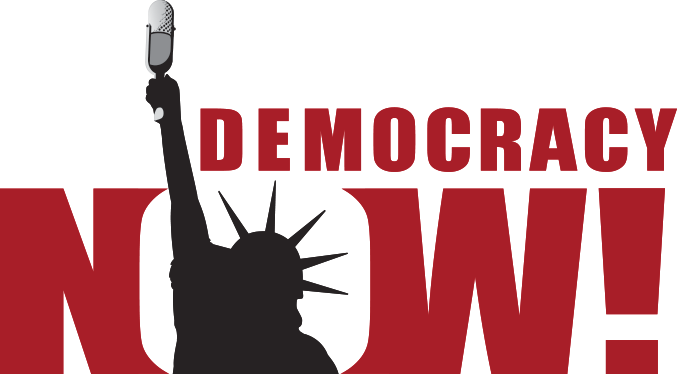
Exhibit opens to highlight the work of the 93-year-old Rogovin, a blacklisted photographer who captured images of urban poor and followed his subjects for decades. We also broadcast the words of his late wife, Anne, who died in July.
Half a century ago, one year after a vicious attack by the House of Un-American Activities Committee had devastated his optometry practice and silenced his voice, Milton Rogovin picked up a camera for the first time. He was 48 years old. “My voice was essentially silenced,” says Rogovin,” So I decided to speak out through photograghs.”
Miton Rogovin (born in 1909) is one of the nation’s most accomplished social documentary photographers, although until now he has remained virtually unknown outside of his hometown of Buffalo, New York.
He began shooting photographs of storefront African American churches with the help his wife, Anne Rogovin. He continued to shoot working people in Buffalo and around the world with his wife’s financial support. In 1972, he shot his most significant work ,just a few blocks away from his optometric office. They consisted of portraits of the Lower West Side, one of Buffalo’s poorest communities.
At the age of 83, after overcoming heart surgery and prostate cancer he continued to shoot the streets of the Lower West Side. In 1997, Rogovin developed cataracts in both eyes. In 1999, he restored his eyesight through surgery and continued to take pictures. These photos , developed in his 90s, are the feature of a current exhibit at the New York Historical Society.
I went with him and producer Vilka Tzouras along with filmmakers Rafael de la Uz and Orlando Richards to the New York Historical Society to the opening of the exhibition “Milton Rogovin: the Forgotten Ones.” This exhibit is on display until Sept 14, 2003.
- Tape: “A Look at The Forgotten Ones” produced by Vilka Tzouras
- Tape: Milton & Anne Rogovin, recorded shortly before Anne’s death in July.
Links:











Media Options